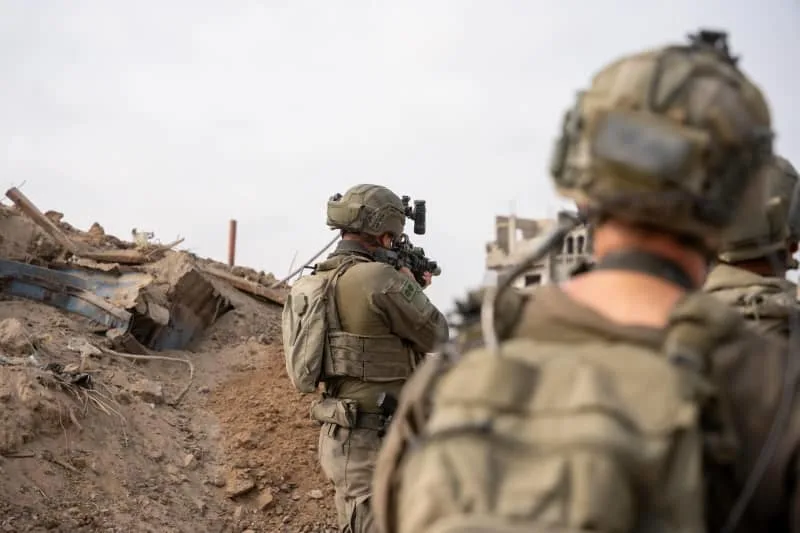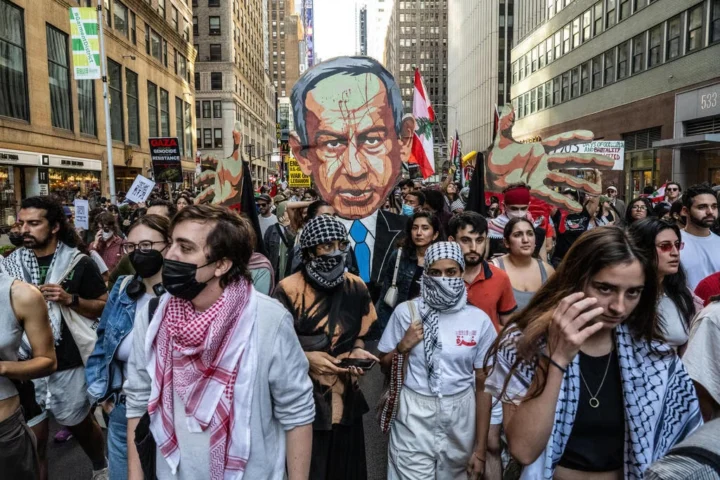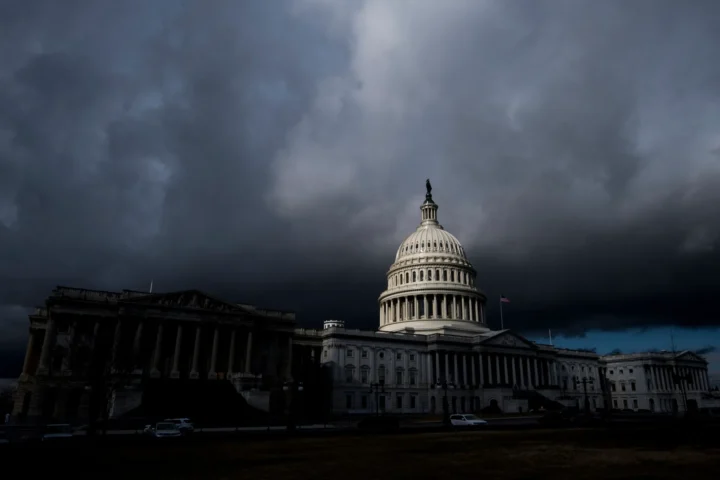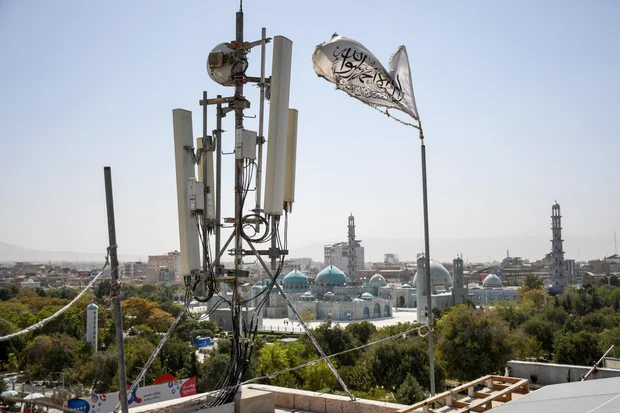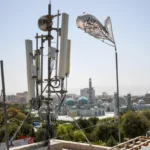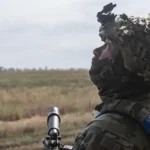Israel is stepping up its military push in Gaza and says it’s about to move thousands of people out of northern Gaza City. The idea is to get civilians away from the heavy fighting and into “safe zones” in the south. The plan, announced Saturday, has already sparked a mix of praise and outrage around the world.
What’s the Plan?
Israel’s army says it’ll start handing out tents and supplies through the Kerem Shalom crossing on Sunday. The UN and aid groups are helping out. Officials say the goal is to protect people before launching a bigger attack on Hamas targets in the north.
Defense Minister Israel Katz called it a two-part plan: move people out, hit harder militarily. “We’ll press on in Gaza City, but we want civilians to have somewhere safer to go,” he said. Israel claims the move will help avoid large-scale civilian deaths.
Israel has been warning people in the north to leave for weeks. But this marks a new stage — it’s no longer just warnings. It’s action.
Is It Really Safe?
The UN says it’s better than nothing, but warns that southern Gaza is already packed. There’s not enough food, water, or medicine. Aid workers say these “safe zones” could turn into disaster zones fast.
Human rights groups are much harsher. They call this forced displacement — moving people under threat, not by choice. One group said, “You can’t call this voluntary when people are running from bombs.”
This taps into a deeper fear: Israel says it’s helping civilians, but many Palestinians believe it’s a strategy to push them out — possibly for good.
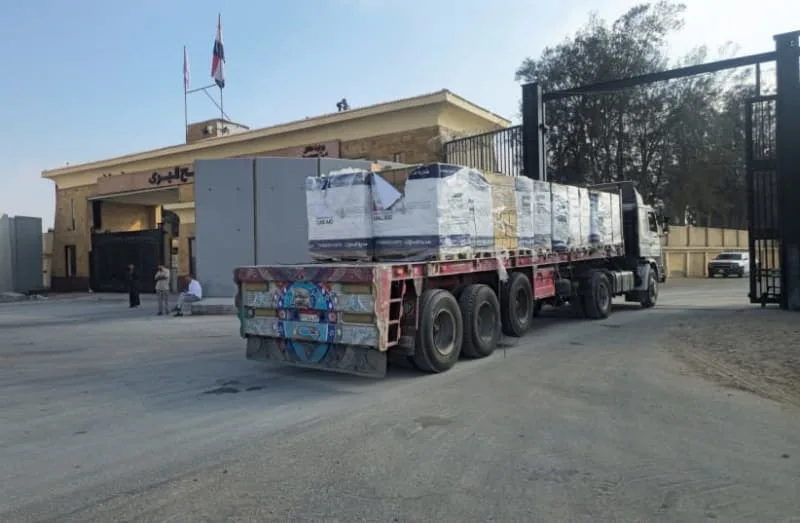
Gaza Life on the Ground
People in Gaza say they feel trapped. Many have already had to move several times since the war began. Now, places like Rafah and Khan Younis are overflowing. Schools, mosques, and unfinished buildings have turned into crowded shelters. There’s barely any clean water or electricity.
Some who’ve left the north say they’re scared they won’t ever be allowed back. “Every time we leave, it’s like we’re losing another piece of our home,” one man said. “We don’t know if this is for a week or forever.”
Israel says the move is temporary — only for security reasons. But most Palestinians don’t buy that. Their past tells them otherwise.
Reactions Around the World
The global response is mixed. Western countries mostly back Israel’s version of events. They blame Hamas for dragging civilians into war, but also say Israel must make sure the south is livable.
Arab nations are more openly worried. Egypt and Jordan say this could set a dangerous example — one that makes pushing out populations during war seem normal.
Back in Israel, people are also split. Some want the government to keep up the pressure until the war ends. Others are demanding a ceasefire and marching in the streets. There are big protests planned this weekend.
What’s Coming Next
This isn’t the end — not by a long shot. Moving civilians out is just the beginning. Israel is gearing up for a larger assault in northern Gaza. Whether this helps protect civilians or just adds to the chaos is still unclear.
For now, mediators are stuck. They’re trying to stop things from getting worse and looking for any kind of opening to talk peace. But neither side seems ready to bend.
So as tents go up in the south, they’re not just shelters — they’re a symbol. Of how deep the crisis runs. Of how many people have lost their homes. And of a war that shows no sign of slowing down.


